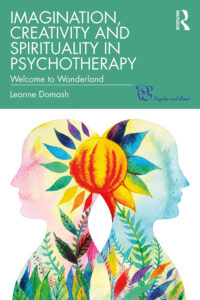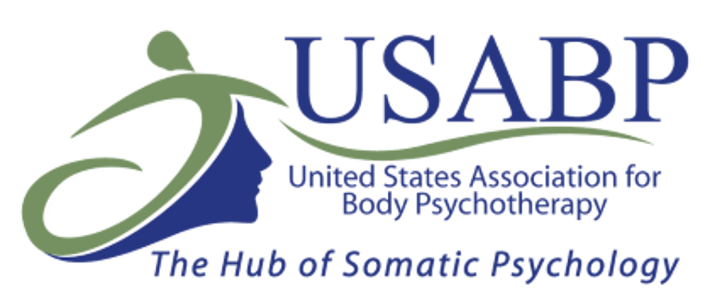What I’ve Been Up to Lately
This could be the most boring blog entry ever. Why? Because you’re about to read about the continuing education courses I took last year. Boh–ring. But I’m going to do it anyway for two reasons: 1) if you’re thinking about scheduling a session with me, this could help you decide if we’re a fit and 2) it’s important that my clients know my level of commitment to my profession. As I’ve shared before, there is no licensure tract to become a somatic therapist. Only licensed professions require continuing education credits, but I complete them anyway. This is in part because I’m naturally curious and love learning. More importantly, it’s to stay current in my field and to keep my skillset fresh and relevant. Here we go:
Imagination, Creativity and Spirituality in Psychotherapy: An Introduction
This four-part course was offered by my alma mater, Pacifica Graduate Institute. The title mentions “psychotherapy” and I am not a psychotherapist. But the class was filled with a variety of helping professionals. We shared an interest in how to engage imagination, spirituality and creativity to support our clients’ healing process.

Introduction to Sufism
In addition to my general interest in spirituality, I like learning about specific traditions. I especially enjoy knowing more about spiritual philosophies that are different from the ones I grew up with. Enter Intro to Sufism taught by Sheik Jamal Granick. I first met Jamal in my first year of NARM training. Later that year he hosted a forum in Berkeley, CA in conjunction with the International Association of Sufism. So, I went. It focused on the relationship between spirituality and psychology, a long-time fascination of mine. I found out about the introduction class he teaches once a month and signed up. We meet once a month and has been ongoing since January 2023.
Focusing For Beginners for Advanced Listeners
It was back in grad school when I first learned about Eugene Gendlin’s “Focusing”. It wasn’t until last summer, however, that I took an official course in it. I’m so glad I did. His emphasis is identifying and naming phenomena in your somatic experience. You do this with a partner who reflects back what you share. You both track how your experience grows or changes over the 20-30 minutes of the session. When the time is up, you switch so that whoever shared is the one who listens and reflects next. I really clicked with my partner during the training. Since then, we have paired up twice each month to practice.
Haden Institute for Spiritual Direction
I shared in a previous post what led me to enroll in the Haden Institute’s program. I fly out to Asheville, NC in a month for the next four day, in-person intensive. There’s another intensive in September and then again in January 2025 before I graduate.
Transforming the Experience Based Brain
Steve Tyrell is a notable figure in the Somatic Experiencing world where touch-based trainings are concerned. He also heads up his own organization called Austin Attachment in Texas but offers trainings worldwide. His focus uses touch protocols to help heal developmental and attachment trauma. This is a three-module training, but I stopped after the first two because I feel at-odds with protocol-based somatic modalities.
Quarterly Dream Circles
Dream tending has been an on-again, off-again relationship since my Pacifica days. Sometimes my skeptical brain takes over and I scoff at the idea that dreams are valuable. Other times, I am deeply moved by them and see clearly where they have given me critical guidance and insight. So I agree to split the difference and meet regularly to explore my dreams. I do this on Zoom every 2-3 months with two members of my Pacifica cohort, two humans I love and deeply respect.
Weekly NARM Peer Consultations
NARM has been a pivotal training in my approach to somatic trauma healing. Developing my skillset is so important to me that I meet weekly with other NARM professionals. During our time together, we discuss NARM principles and offer insight or support to one another. I met the requirements to become a NARM professional years ago. These are voluntary meetings I enjoy to support my growth and proficiency.
Summary
Even though my field doesn’t require continuing education credits, I still participate in professional trainings as if it did. By sharing which courses I took last year, I hope to accomplish two things. 1) to demonstrate my commitment to my profession. 2) to let you know what areas of somatics interest me so you can see if we’re a fit. If you’d like to know more, click here to schedule a 25 minute Zoom consultation. I look forward to connecting with you.




